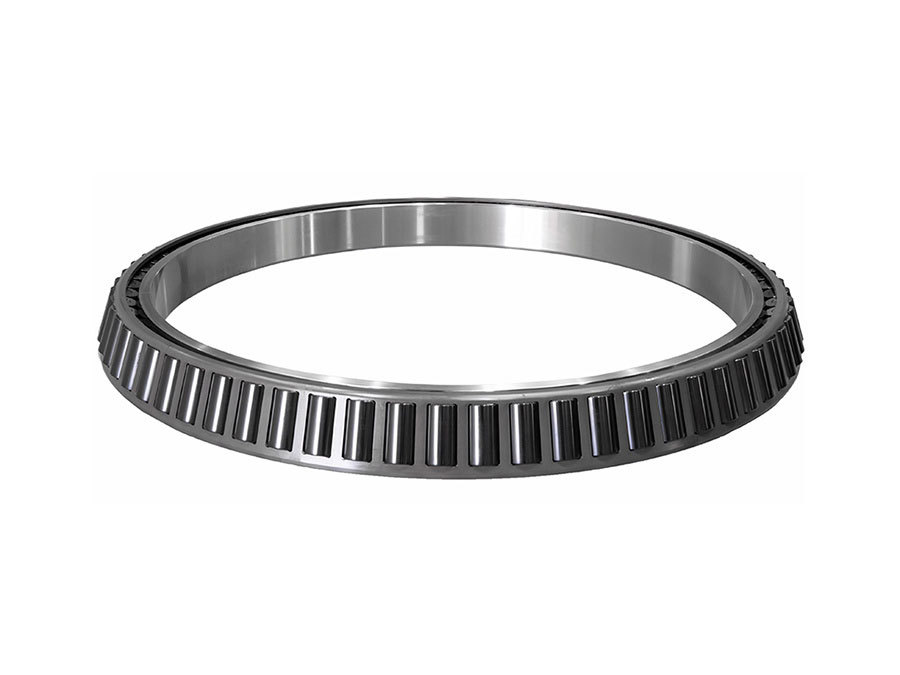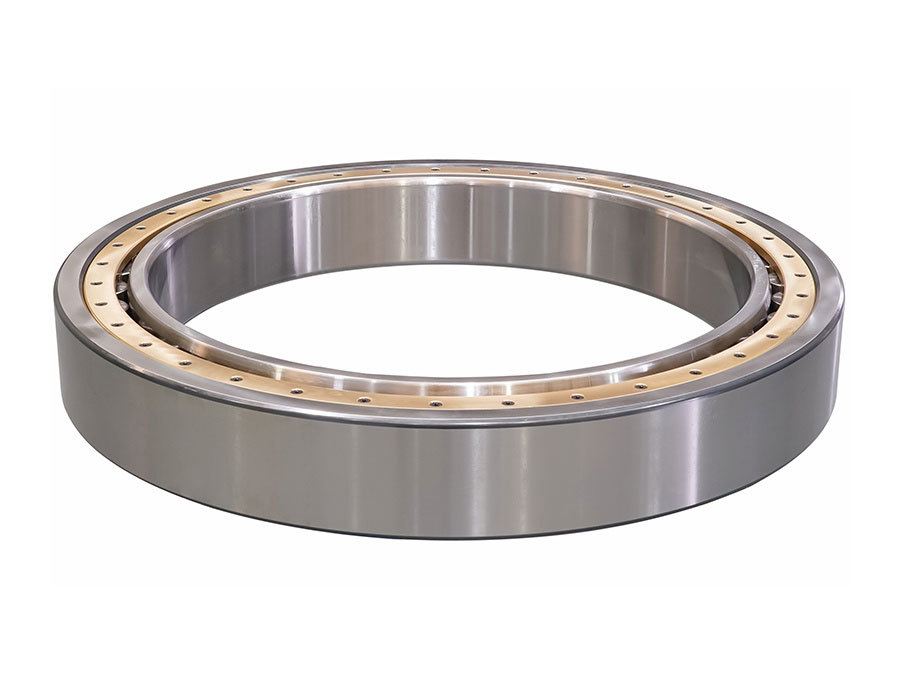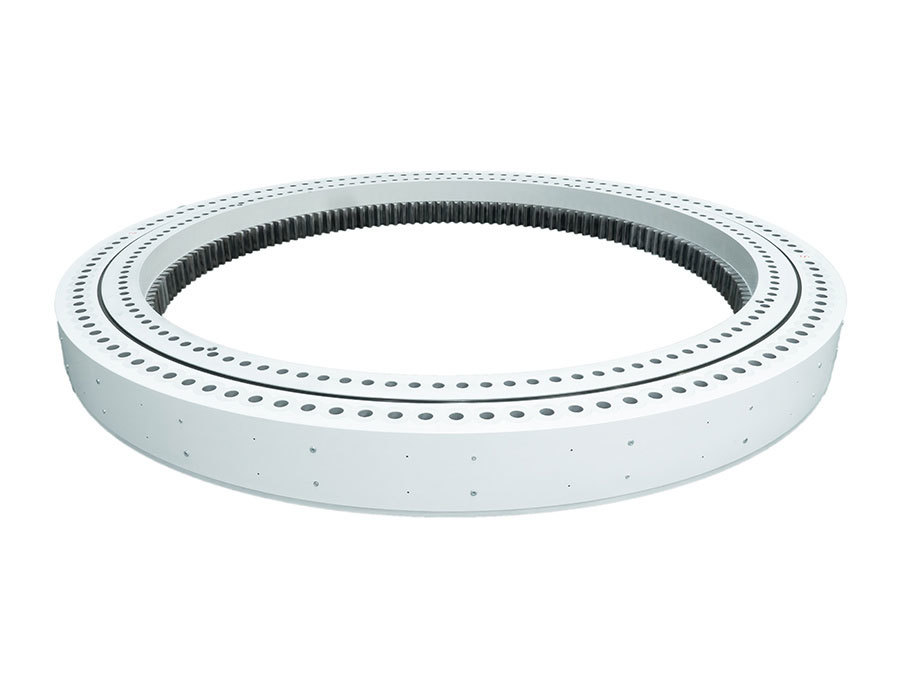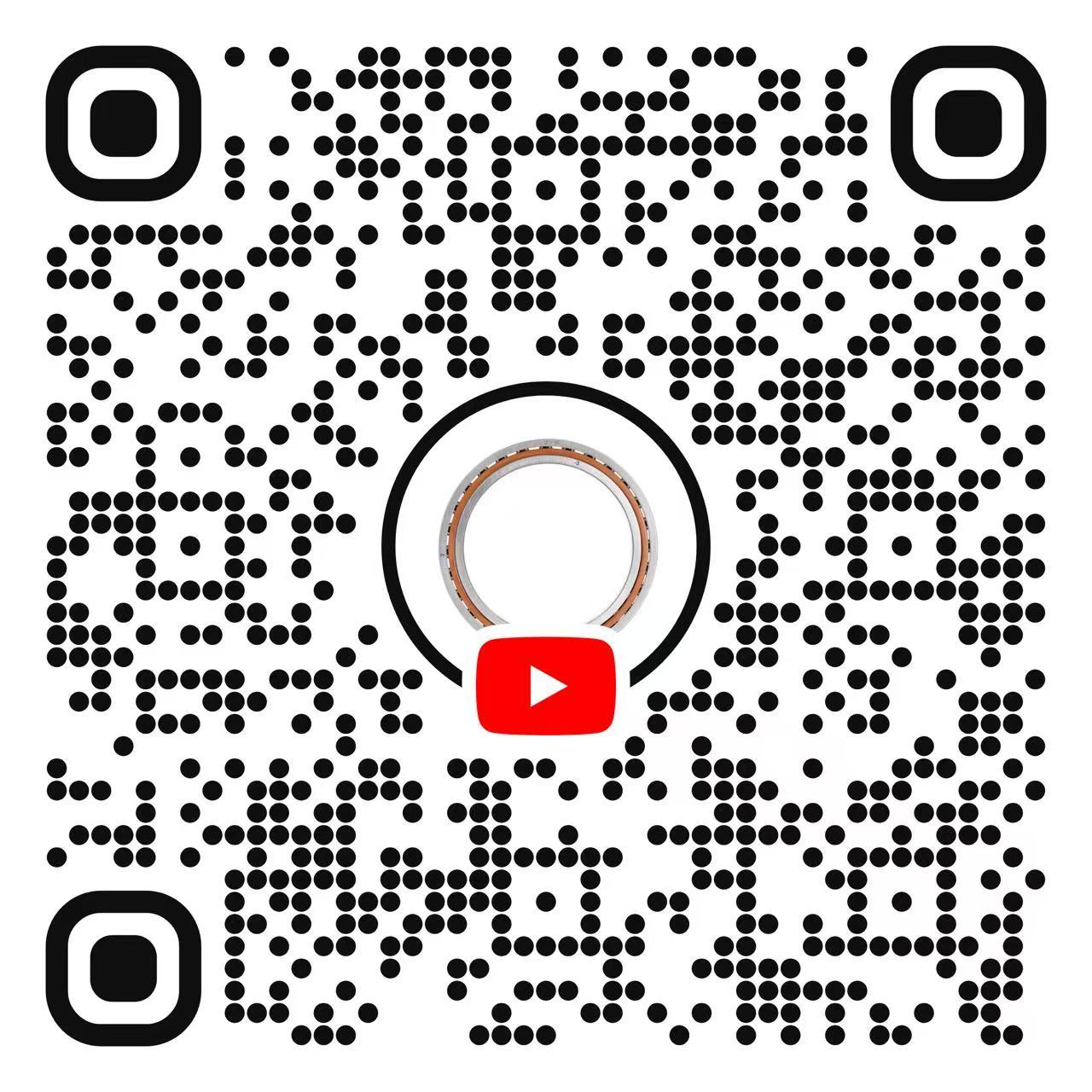-
-
Precision bearings
-
Angular contact ball bearings
-
Crossed roller bearings
-
Tapered roller bearings
-
Slewing bearings
-
Ball screw support bearings
-
Rotary table bearings
-
Thin-wall bearings
-
-
Bearing related
-
Bearing parts
-
Spindle
-
Bearing testing machine
-
Bearing measuring instrument
-
Bearing processing equipment
-
-
Wind power industry

Gearbox bearings
The products include all types of gearbox bearings, including deep groove ball bearings, cylindrical roller bearings, full complement cylindrical roller bearings, double row tapered roller bearings, spherical roller bearings, thrust spherical roller bearings, four-point contact ball bearings, etc. The accuracy can reach P5 level, and some can reach P4 level. The basic rated life is ≥100,000 hours, among which the life of offshore wind power gearbox bearings is not less than 25 years, and the temperature rise is not higher than 85°C. We have now completed the research and development of a full range of domestic 8MW wind turbine gearbox bearings, and have completed installation and application.

Spindle bearings
The main shaft of the wind turbine supports the hub and blades and transmits torque to the speed increaser. The spindle bearing is a key component of the main transmission chain system of a wind turbine. It not only has to withstand wind loads, but also the gravity loads of the main shaft and speed increaser, and its working conditions are complex. Depending on factors such as the unit power, overall structure, operating conditions, manufacturing cost, and installation process of the wind turbine, the spindle bearings need to adopt different configurations. Product types include: spherical roller bearings (SRB), tapered roller bearings (TRB), three-row cylindrical roller bearings (CRB); the rotation accuracy of spindle bearings for large wind turbines (above 5MW) can reach P5 level, and some reach P4 level. We have successfully developed spindle bearings for wind turbines below 25MW.

Yaw and pitch bearings
The yaw bearing is installed at the top of the tower and the bottom of the nacelle. It bears the entire weight of the wind turbine's main drive system and is used to accurately and timely adjust the windward direction of the wind turbine. The pitch bearing combines the blades with the hub and adjusts the windward angle of the blades to the optimal state according to the wind direction. Yaw and pitch bearings must have sufficient strength and the ability to withstand the combined effects of axial force, radial force, and overturning moment. It is required to have smooth operation, small starting torque, good lubrication, corrosion resistance and sealing performance. The yaw and pitch bearings are extra-large slewing bearings with an outer diameter of approximately 0.5 to 4.5 m and a weight of 0.5 to 6.0 t. The structural forms of yaw bearings mainly include single-row four-point contact ball slewing bearings (toothless, internally geared, externally geared) and double-row four-point contact ball slewing bearings (toothless, internally geared, externally geared). Pitch bearings mostly use double-row same-diameter four-point contact ball slewing bearings (toothless, internally geared).
Share your needs with us and get an impressive collaboration and reassuring product.
Headquarter: East Wing Building, No. 121 Wutong Street, High-Tech Industrial Development Zone, Zhengzhou City, Henan Province, China
No. 1 Factory Address: No. 6 Fenghua Road, Luoyang City, Henan Province, China
No. 2 Factory Address: No. 1 Sanxi Road, Science and Technology Industrial Park, Jianxi District, Luoyang City, Henan Province, China
No. 3 Factory Address: Yibin Industrial Technology Park, Yibin District, Luoyang City, Henan Province, China
COOKIES
Our website uses cookies and similar technologies to personalize the advertising shown to you and to help you get the best experience on our website. For more information, see our Privacy & Cookie Policy
COOKIES
Our website uses cookies and similar technologies to personalize the advertising shown to you and to help you get the best experience on our website. For more information, see our Privacy & Cookie Policy
These cookies are necessary for basic functions such as payment. Standard cookies cannot be turned off and do not store any of your information.
These cookies collect information, such as how many people are using our site or which pages are popular, to help us improve the customer experience. Turning these cookies off will mean we can't collect information to improve your experience.
These cookies enable the website to provide enhanced functionality and personalization. They may be set by us or by third-party providers whose services we have added to our pages. If you do not allow these cookies, some or all of these services may not function properly.
These cookies help us understand what you are interested in so that we can show you relevant advertising on other websites. Turning these cookies off will mean we are unable to show you any personalized advertising.




